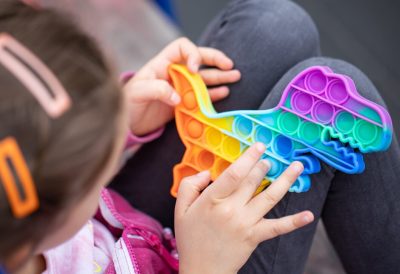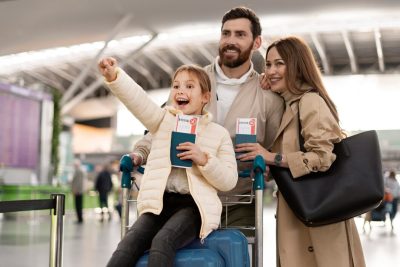Embarking on a holiday trip with a child on the autism spectrum can be a thrilling adventure, filled with the promise of creating lasting memories. However, the unique challenges that come with crowded airports, unfamiliar surroundings, and disruptions to routine can be overwhelming for children with autism. Fear not, though, as with thoughtful planning and a touch of creativity, holiday trips can indeed become enjoyable experiences for the entire family.
 1. Plan Ahead: The Key to Stress-Free Travel
1. Plan Ahead: The Key to Stress-Free Travel
The foundation of any successful journey lies in preparation. Research autism-friendly destinations and accommodations that provide a comfortable and understanding environment. Knowing what to expect can significantly reduce anxiety for both you and your child.
Consider factors such as the layout of the airport, the amenities provided by your chosen accommodation, and any potential sensory triggers in the environment. The more information you gather and plan for, the smoother your travel experience is likely to be.
2. Create a Visual Schedule: A Roadmap for Comfort

Children with autism often thrive on routine and predictability. To ease the uncertainty of travel, create a visual scheduler that outlines the entire journey. This can include everything from the initial stages of packing at home to the moment you reach your destination.
Utilize pictures, icons, or a simple timeline to help your child understand the sequence of events. This visual aid can act as a roadmap, offering a sense of structure and familiarity. As you progress through each stage, you’ll likely find that your child feels more in control and less anxious about the unknown aspects of the trip.
3. Implement ABA Strategies: Building Comfort Through Routine

Applied Behavior Analysis (ABA) strategies are powerful tools that can help maintain routine and manage behaviors during travel. Integrating familiar ABA techniques, such as visual cues and reinforcement systems, can provide your child with a sense of continuity amidst the new experiences associated with holiday travel.
Consider creating a travel-specific ABA plan that addresses potential challenges your child might face during the journey (consult your Behavior Analyst). This proactive approach can help prevent meltdowns and foster a more positive travel experience for everyone involved.
4. In-Home ABA Therapy on the Go: Consistency in Unfamiliar Spaces
If your child receives in-home ABA therapy, incorporate elements of the therapy into your travel routine. Bring along
familiar tools, activities, and strategies that are part of your child’s ABA program. This consistency can provide comfort and
stability, even in the midst of new surroundings.
Additionally, don’t forget to pack your child’s favorite comfort items, whether it’s a beloved blanket, a cherished stuffed animal, or a comforting sensory toy. Having these familiar items on hand can offer a sense of security and reassurance throughout the journey.
The Magic of Sensory-Friendly Travel
5. Embrace Sensory-Friendly Destinations: Catering to Unique Needs
The travel industry is increasingly recognizing the diverse needs of individuals, including those with autism. Many destinations now offer sensory-friendly experiences tailored to provide a more inclusive and comfortable environment.
When planning your holiday trip, seek out destinations that actively cater to sensory needs. Museums, theme parks, and events that offer sensory-friendly accommodations can significantly enhance your child’s travel experience. These venues often provide quiet spaces, sensory rooms, and staff trained to assist individuals with autism, ensuring a more enjoyable and stress-free visit.
Schedule a consultation with our Family Resource Navigator and receive information on community resources and special events specifically for children with special needs.
Conclusion: Turning Challenges into Cherished Memories
While traveling with a child on the autism spectrum requires extra planning and consideration, it is by no means an insurmountable task. By implementing the tips mentioned above, you can transform your holiday journey into a positive and memorable experience for the entire family.
From meticulous planning and the use of visual schedules to the incorporation of ABA strategies and the exploration of sensory-friendly destinations, the key is to tailor your approach to your child’s unique needs. With a sprinkle of creativity and a dash of preparation, you can unwrap the gift of enjoyable holiday trips for your child with autism.
Remember, the journey itself is an opportunity for growth and bonding, and with the right mindset and preparation, you can turn potential challenges into cherished memories that will last a lifetime.


